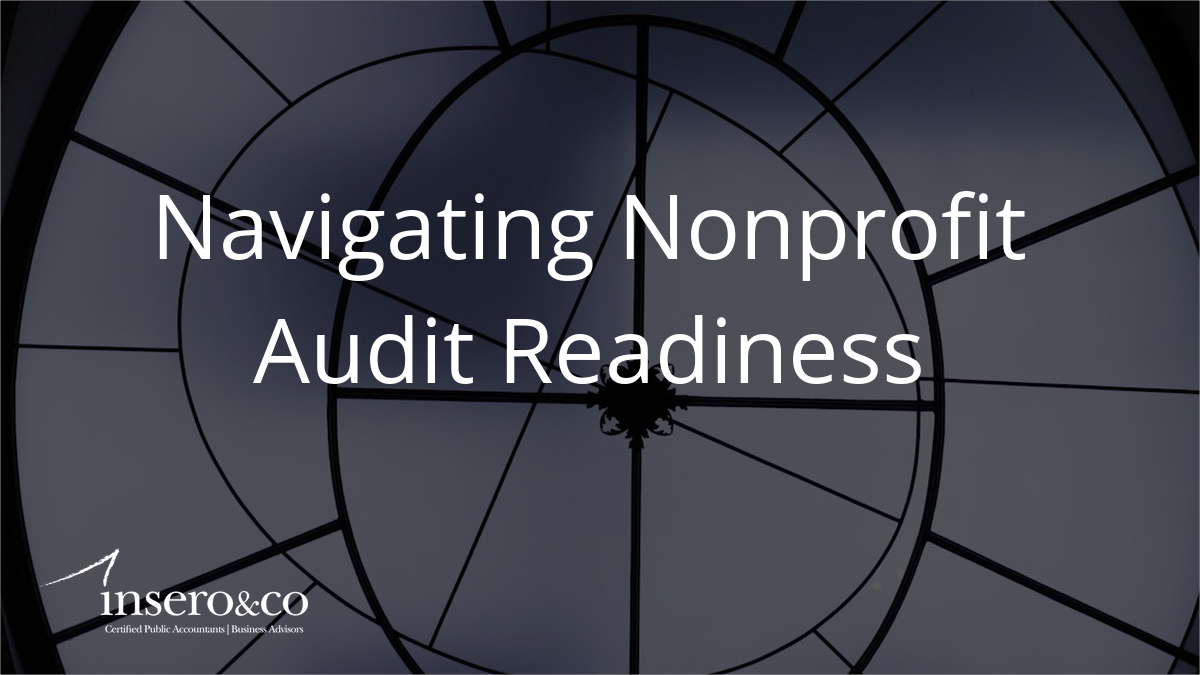How to effectively use your bad debt allowance
When your business extends credit to customers who don’t settle accounts, their debt becomes bad debt. For businesses using the accrual basis method of accounting, establishing the correct bad debt allowance (also called an allowance for doubtful accounts) can bring the asset section of the balance sheet into focus.
The basics
The bad debt allowance (balance sheet) and related bad debt expense (income statement) accounts were established to help level out the impact of an uncollected invoice on any one particular financial month. By booking a reasonable estimate of bad debt expense each month, the roller coaster ride of writing off an account in any one month no longer materially impacts a business’ income statement. Instead, you build up a bad debt reserve on your company’s balance sheet to account for the actual recognition of writing off uncollectible sales on the balance sheet.
Here’s an example: Assume your accounts receivable totals $500,000. After careful consideration, you determine that only $440,000 is likely collectible this year. By creating a monthly bad debt expense of $5,000 on your income statement, the bad debt allowance on your balance sheet will build up to $60,000 over a year. Then when a write off is required, the reduction is in the allowance account NOT on your income statement. By doing this, you’ll gain a more accurate picture of the company’s monthly financial health, unaffected by one or two large bad debts.
Many businesses use a percentage of prior credit sales to calculate bad debt allowance. If your company’s credit sales totaled $100,000 last quarter and bad debts over the same period amount to 2 percent of sales revenue, you could establish an allowance of $2,000. As an alternative, you might assign risk factors based on individual clients, especially if the firm relies on a few large customers.

Managing your bad debt allowance
Regardless of the method chosen to calculate bad debt allowance, monitoring it should be a priority. Use these guidelines to help you manage your allowance:
- Understand the tax implications. Only debts that are considered completely worthless and uncollectible can be taken as an expense on your business tax return — the allowance approach described here is not allowed. Some additional analysis and adjustments to the bad debt on your books will be required when it comes to filing your tax return.
- Diligently track your allowance. Watch for rising and falling allowance levels, as they will help determine your course of action.
- Allowance is climbing. A bad debt reserve that’s routinely increasing might highlight the need to adjust policies for extending credit or collecting payment. It means your estimate for bad debts is much higher than actual uncollectible debts. Perhaps you are not being aggressive enough in identifying actual bad debts. Lack of attention here could negatively impact your net asset condition and cause unneeded attention from your bank.
- Allowance is falling. A declining allowance may indicate you are writing off more uncollectible accounts than you estimated. You need to understand the underlying cause. Perhaps a major customer went out of business or your account receivable group is not pursuing collection aggressively enough.
- Allowance is holding steady. The initial indication here is that your estimate of bad debts might be appropriate. However, you should still conduct periodic reviews of your accounts receivable aging report to ensure your expectations of credit management are being met. Adjustments should be made as the collectability of specific receivables becomes clearer.
Understanding the bad debt allowance and how it works in conjunction with bad debt expense can really help you manage your financial condition and quickly see if your accounts that pay on credit are being managed to your expectation. Contact us if you have questions.
As always, we hope you find our tips and news for businesses valuable, and look forward to receiving your feedback. Companies focused on growth have sought the help of Insero & Co. for more than 40 years. During that time they have consistently experienced the peace of mind that comes from knowing their CPA firm takes the concept of integrity seriously. Should you have any questions, please contact us directly.




